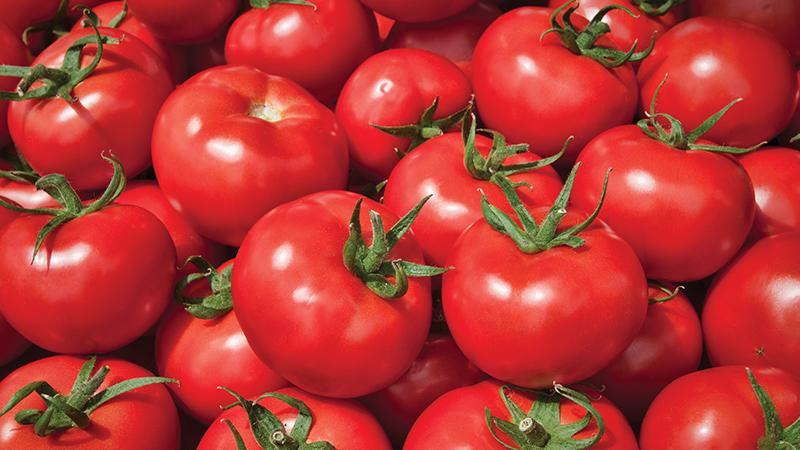Vegetable Weed Control Options

Steam heat has been used successfully to control weeds in strawberries and may be an option for leafy greens, too.
Photo credit: Steve Fennimore
It is complicated. Keeping weeds out of spinach and lettuce crops, that is. Steve Fennimore, Extension vegetable weed specialist at the University of California-Davis, says there is no simple weed control answer for these leafy greens. The last “meaningful” herbicide, as he puts it, to be registered on seeded lettuce — and 90% of the lettuce is direct seeded in the Golden State — was in 1972.
On top of that, seedling lettuce and spinach are very sensitive to herbicides, and there are very few products that don’t hurt lettuce but do control weeds, he says. The problem weeds in these two crops typically are shepherd’s-purse, burning nettle, common sowthistle, common purslane, hairy nightshade, little mallow, and cheeseweed.
So what are your options besides hand weeding, which is getting more expensive and challenging, thanks to a lack of labor?
Fennimore says cultivation works well, but crops like spinach are high density, which causes a problem. “On an 80-inch bed in the Salinas Valley, you can have 32-seed lines,” he explains. “The closely spaced lines don’t allow you to cultivate, so it leaves you fewer options.”
The Heat Is On
Where leafy green growers have more options, however, is in the areas of mechanical and electronic weed control. In California, a device called the CultiClean from Struik Holland BV has been tested, but hasn’t been as effective as researchers would like it to be. The machine heats the soil with the intention of killing weed seeds via heat — a dry heat.
Killing the weed seed bank is something fumigants have done for years, adds Fennimore. As most know, working with fumigants, especially in California, is getting increasingly difficult as a result of regulatory restraints, so using heat, in some format, is being looked into as a viable weed control option.
“What we are finding with weed control in strawberries is that by using steam heat — not a dry heat — we are getting excellent weed control that is equivalent to methyl bromide,” he says. “I know that heat works; it’s just that right now with CultiClean, it isn’t there yet, but [Struik] is heading in the right direction.”
Using steam heat in strawberries as a weed control option may work for leafy greens, too. When growers are in tight, high-density situations with lettuce and spinach, Fennimore says steam may be a viable option. The result, he explains, is there will be less need to hand weed, and with the existing herbicides available, it will be easier to control a few weeds rather than a lot of weeds.
Breed For Tolerance
Using conventional methods, Fennimore is breeding for herbicide tolerance in leafy greens and says tolerant varieties are another option for growers. “Using mutagenesis, we are breeding for increased tolerance to some older herbicides,” he says.
In fact, he has lettuce germplasm that is resistant to sulfonyl urea herbicides like tribenuron. There is one caveat, however. Researchers can’t get to the stage of establishing a tolerance unless a crop protection company steps forward and wants to go for registration. To date, however, there hasn’t been much interest.
Herbicide Choices
According to Fennimore, there is one herbicide option coming through for lettuce: Prowl (BASF). It is for use on transplanted lettuce, not on seeded lettuce. He notes, however, that transplanted lettuce is only a fraction of the market. Nevertheless, he says both the weed control and tolerance look good.
Fennimore and his colleagues also recently evaluated Spin-Aid and Ro-Neet in spinach. (Both products are sold by generic distributors.) From their research, they found that spinach is more tolerant to Spin-Aid in the six- to eight-leaf stage. The two-leaf stage, however, is very sensitive.
According to the research, the role they can see for Spin-Aid is as a postemergence application following Ro-Neet. However, the 21-day postharvest interval for Spin-Aid leaves a short application window.










